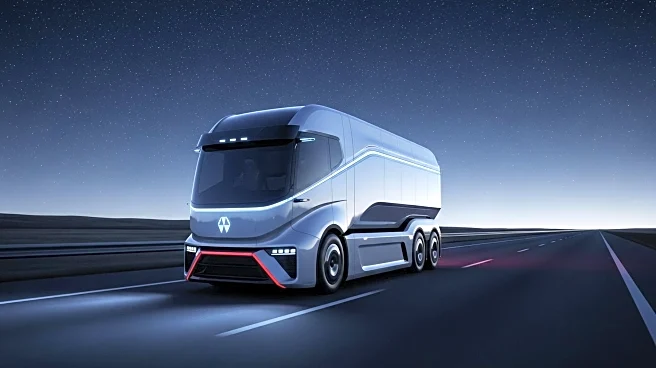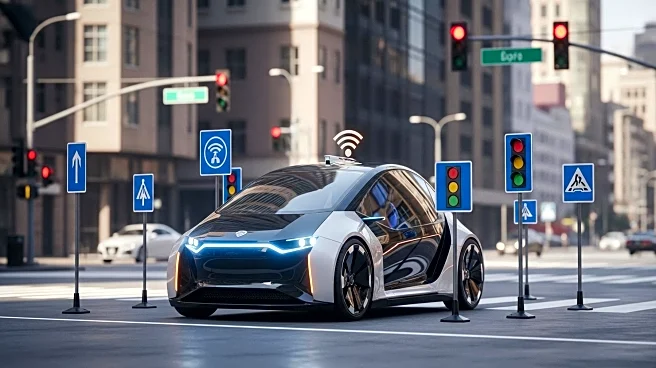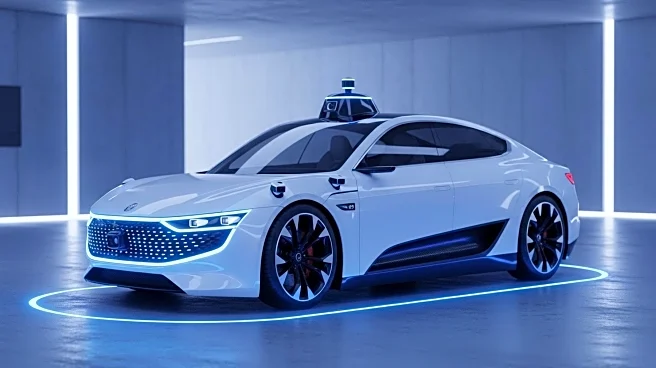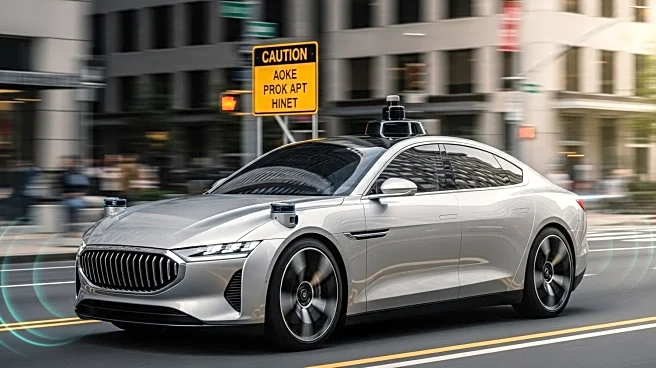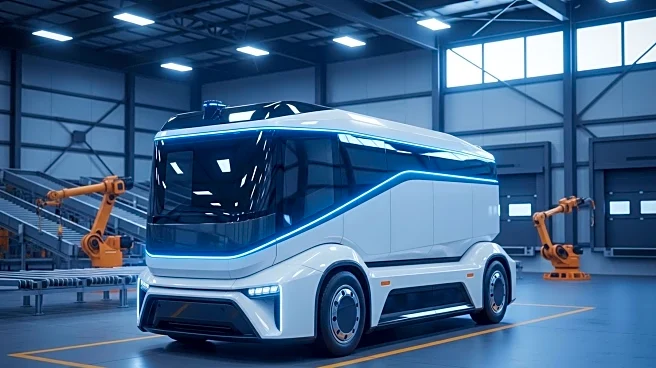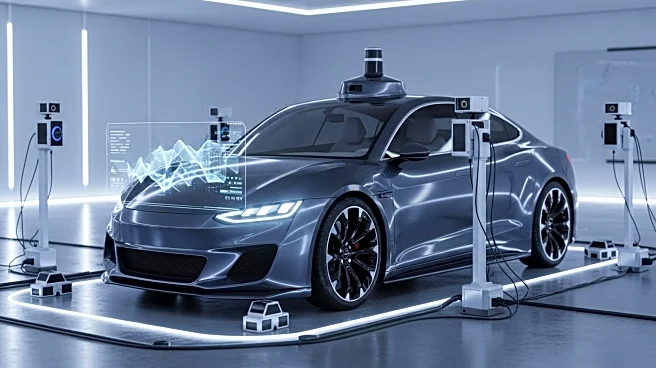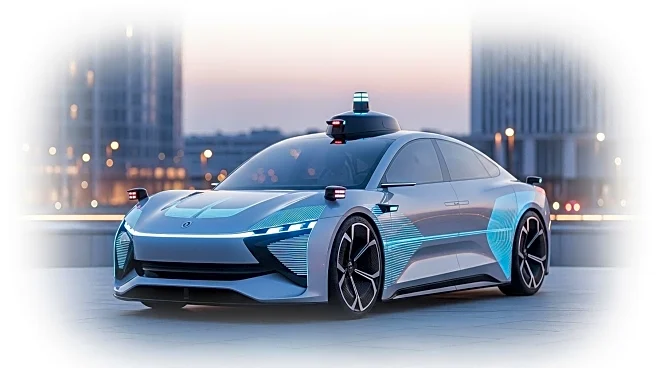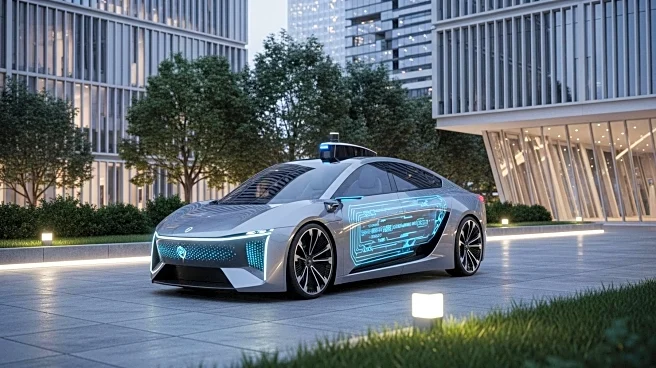What's Happening?
Machine learning is at the forefront of the development of autonomous vehicles, transforming the way cars navigate roads without human intervention. This technology enables vehicles to interpret complex variables such as weather conditions, traffic patterns, and human behavior, allowing them to make real-time decisions. Autonomous vehicles utilize a network of cameras, radar, and lidar sensors to gather environmental data, which is processed by deep learning algorithms to identify and predict outcomes. Major automotive brands and technology companies are investing heavily in this field, aiming to make autonomous driving a commercial reality. The journey involves not only technological advancements but also regulatory and cultural shifts, as governments establish safety frameworks and the public learns to trust driverless vehicles.
Why It's Important?
The rise of autonomous vehicles powered by machine learning has significant implications for various sectors. Logistics and delivery industries could benefit from driverless trucks, reducing costs and enhancing supply chain efficiency. Public transportation may evolve into a flexible network of autonomous shuttles, alleviating congestion and offering greater convenience. Urban planning could be transformed, with fewer parking lots and more green spaces as cars operate continuously. Insurance models and real estate values may also shift as autonomy becomes more prevalent. The technology promises to redefine safety, convenience, and innovation in transportation, with machine learning at its core.
What's Next?
The path to fully autonomous driving is fraught with challenges, including handling edge cases like unusual weather patterns and diverse traffic situations. Regulators face questions about liability in accidents, and the public must overcome psychological barriers to trusting machines with control. Continued improvements in data collection and inclusivity are essential for refining autonomous systems. As machine learning models become more sophisticated, public confidence is expected to grow, paving the way for broader adoption of autonomous vehicles. The ongoing investment and development in this field suggest a future where driverless technology becomes integral to everyday life.
Beyond the Headlines
The impact of machine learning in autonomous vehicles extends beyond technology, highlighting the importance of human input in preparing datasets that guide vehicle decisions. Engineers, data scientists, and annotators play a crucial role in ensuring that autonomous systems reflect real-life complexity. This human-guided input is vital for making safe, fair, and ethical decisions, underscoring the collaborative effort behind the progress of autonomy. As machine learning continues to evolve, it will shape not only transportation but also societal norms and expectations.

